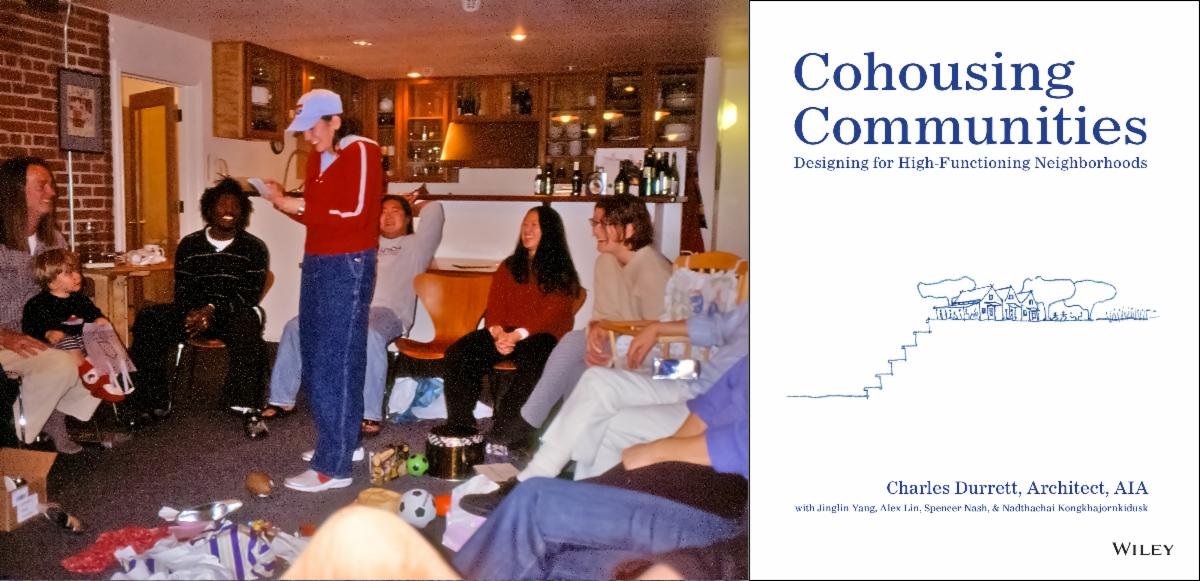An Anthropological Act of Designing a High-Functioning Village
No matter what other people tell you—be it developers, architects, development consultants, marketers, or project managers—the group participation in design is the number one indicator of success in cohousing community. It is the only way that you can design to best represent the culture of the group—and not just who they are now, but also who they want to be.
Here's an excerpt from various chapters of our latest book Cohousing Communities: Designing for High-Functioning Neighborhoods which talks about the importance of participatory design in cohousing communities:
Chapter 5
intergenerational Neighborhood Design
Private Houses Design
A house is a part of our psyche, our self-image, our day-to-day comfort—our happiness ... If basic cohousing math holds true, which it usually does, 1+1 = 3. That is, when we sit down with a group of say, six households (around ten people in total) with the intention of creating the exact same awesome dwelling, the house has the benefit of numerous creative people serving up ideas that, when facilitated well, are synthesized to realize the best of the ideas of everyone at the table.. the real magic happens when I sit down with the ten people who are all interested in the same thing—a great house.
Chapter 9
Senior Neighborhood Design
Common Houses Design
Never am I more excited about community-enhanced design than when I watch 40 seniors spend two full days to decide which common amenities outside of their houses and shared with the entire neighborhood, will make their personal lives more practical, more social, more healthy, more convenient, more supportive, more economical, more interesting, and more fun. “It’s just a building!” No, it’s a reflection of who we are—it’s a reflection of our culture, and it’s a reflection of who we want to become.



